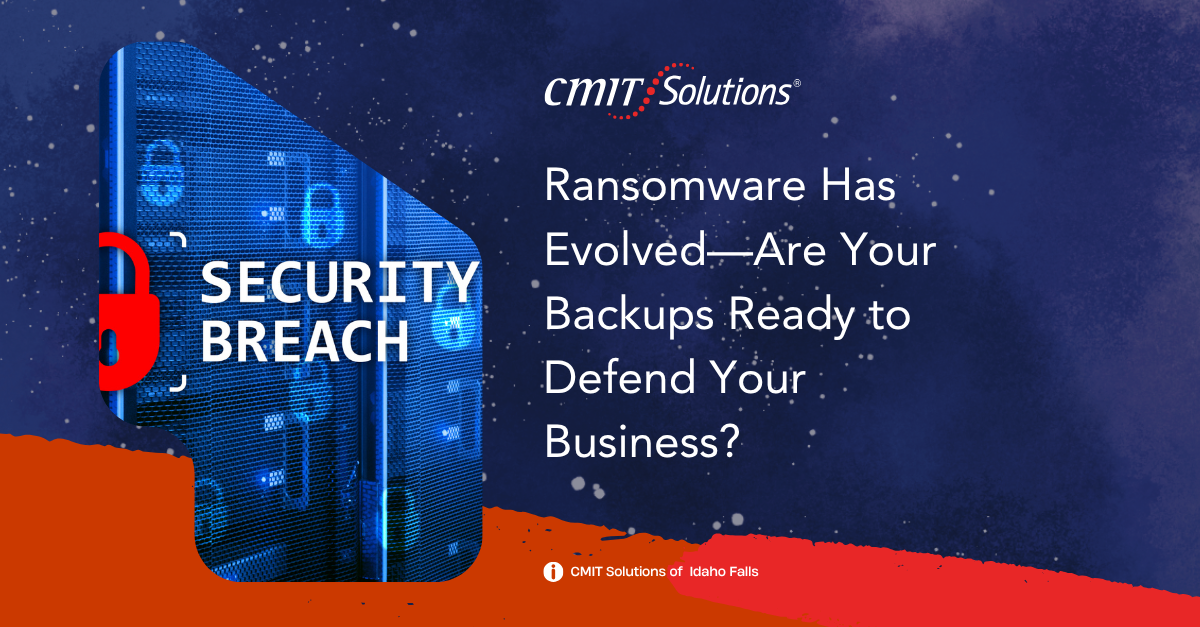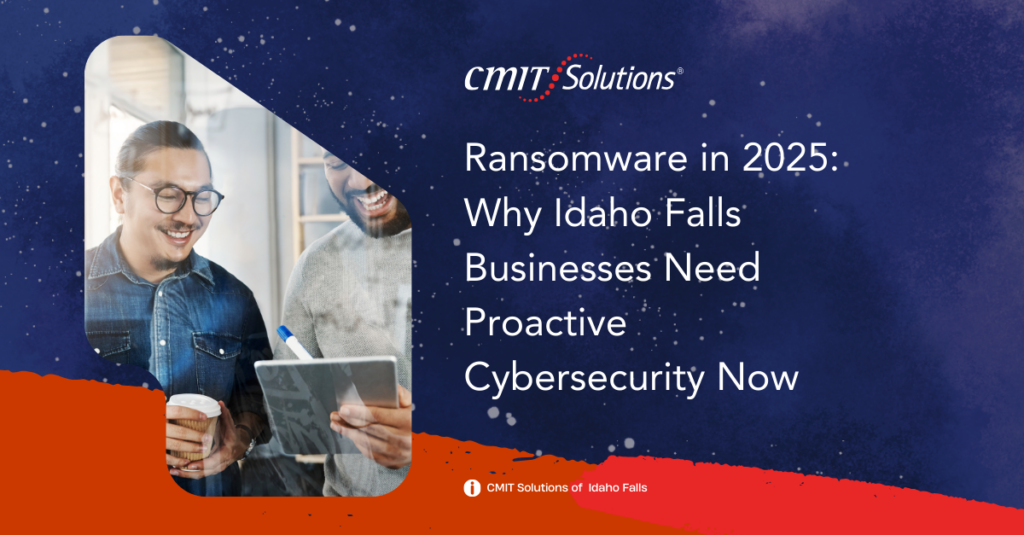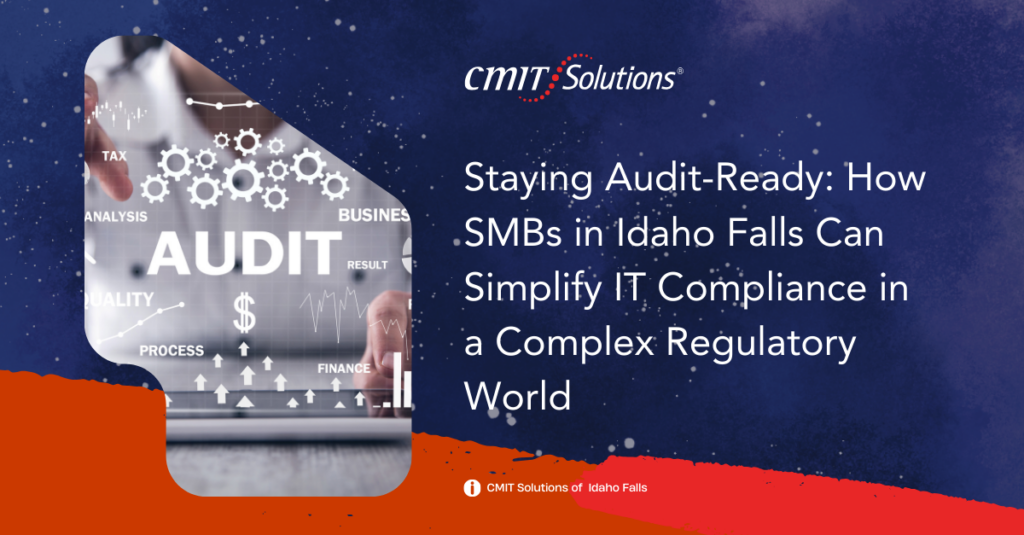Ransomware in 2025 is more sophisticated, destructive, and targeted than ever before. It’s not just an inconvenience or a temporary disruption; it’s a full-blown assault on data integrity, operations, and business continuity. And while firewalls and antivirus software still play a vital role, they are no longer enough. To truly defend your business, your first and last line of defense is a well-configured, actively monitored, and quickly restorable backup system.
The Evolution of Ransomware
Ransomware has undergone a dramatic transformation. Early versions simply encrypted local files. Today’s variants are multi-pronged: they exfiltrate data, disable security software, corrupt backups, and demand double or even triple extortion. As highlighted in this overview of ransomware threats for Idaho Falls businesses in 2025, cybercriminals now research their victims, identify critical data, and often demand payment not just to restore systems but also to avoid data leaks.
Why Traditional Backups Are No Longer Enough
Old-school backup solutions often rely on on-premise servers, manual processes, or unsecured cloud storage. These systems can easily be detected, disabled, or encrypted by modern ransomware. Even worse, some organizations don’t test their backups until disaster strikes—only to find their data is outdated or inaccessible.
Key limitations of traditional backup methods:
- No protection against sophisticated ransomware that targets backups directly
- Lack of encryption or secure access protocols
- Manual or inconsistent backup schedules
- No real-time visibility or alerts for failed backups
- No multi-location redundancy
That’s why proactive data backup is a foundational element of cyber resilience. Regular, encrypted, offsite, and air-gapped backups combined with clear policies and routine testing ensure you have a lifeline when primary systems go down.
Backup and Business Continuity Go Hand in Hand
Business continuity planning involves more than just restoring files. It requires a full operational framework to minimize downtime, ensure access to critical applications, and restore customer trust quickly. This is where modern AI-powered backup and recovery solutions shine.
By leveraging AI, these systems can detect anomalies, flag potential threats before they spread, and automate recovery to previous versions—without human intervention. The result? Reduced downtime, improved recovery point objectives (RPO), and real-time threat response.
Compliance Considerations: Backup as a Legal Requirement
For many industries, maintaining data backups is no longer just a best practice—it’s a compliance mandate. HIPAA, PCI-DSS, and other regulatory frameworks require data retention, access control, and recovery protocols.
Businesses in Idaho Falls can streamline this process through compliance services and structured IT documentation. As explored in this detailed analysis of IT compliance strategies, aligning backup solutions with compliance needs is crucial for audit readiness and legal protection.
Backup Configuration: Where Security Starts
The quality of your backup solution hinges on how it’s configured. Too often, backups are stored in the same environment as production data—making them vulnerable to attack.
Critical configuration considerations:
- Isolate backups from the main network to prevent lateral movement during breaches
- Implement role-based access to restrict who can modify or delete backups
- Schedule frequent integrity checks to verify backup reliability
- Store different backup versions to avoid corruption from ransomware encryption
Best practices for secure backup configuration include:
- Using 3-2-1 strategy (3 copies, 2 types of storage, 1 offsite)
- Encrypting backup data both in transit and at rest
- Regularly testing restore functions
- Automating backup schedules and monitoring via managed IT services
Well-architected environments, as seen in effective network management strategies, support streamlined data flow between backup sources and storage destinations.
Managed Services: Your Backup Safety Net
With ransomware threats becoming more agile, many businesses are turning to expert partners for guidance. Providers offering IT support in Idaho Falls bring layered protection to backup systems. Their continuous monitoring, patching, and incident response capabilities ensure threats are detected and resolved quickly.
CMIT Solutions’ shift away from the break-fix model to proactive monitoring has helped businesses avoid data loss and reduce recovery time significantly.
Remote Workforces Need Remote-Ready Backup
As teams become more distributed, your backup strategy must account for multiple devices and endpoints. Cloud-first organizations benefit from centralized backup services and secure productivity applications that support secure file syncing, version control, and multi-factor authentication.
Remote backup must address:
- Endpoint data protection across personal and company-issued devices
- Version tracking for collaborative documents stored in cloud platforms
- Encryption for home network uploads
- Backup agent deployment and monitoring on remote machines
This guide to remote workflow optimization shows how consistent backups support operational continuity across locations and devices.
Cloud Configuration and Backup Alignment
If your infrastructure is built on cloud platforms, the configuration of those services is directly tied to backup security. Misconfigured settings can expose sensitive data or leave critical information unprotected.
For SMBs pursuing a cloud-first strategy in 2025, combining cloud backup with sound configuration practices ensures data availability and integrity. Reliable cloud services reinforce protection while scaling as your business grows.
Communication Systems and Backup Integration
Unified communication platforms must also be protected by backup systems. Email, messaging, and voice records can all contain sensitive business data. Ensuring continuity across unified communications channels is essential for both recovery and compliance.
As outlined in the 2025 unified communications guide, businesses are increasingly tying communications to their data protection framework.
Strategic IT Planning for Long-Term Backup Readiness
Planning ahead is the difference between a business that recovers and one that collapses after a breach. Strategic planning includes aligning backup priorities with business goals, budgeting for advanced solutions, and evaluating risks on an ongoing basis.
Strategic IT guidance services, such as those provided by CMIT Solutions, can help you build a long-term roadmap. From custom IT packages to cost-effective procurement strategies, having expert input ensures your business stays protected.
Conclusion: Your Data Deserves Better Defense
Ransomware will continue to evolve. But so can your defenses. With advanced backups, secure configurations, and strategic planning, your business can stand resilient.
Visit CMIT Solutions of Idaho Falls to assess your backup readiness and put a real continuity plan in place. Don’t wait for disaster—contact us now to ensure your data, operations, and future are secure.





